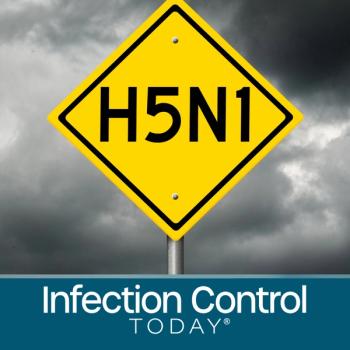
Asymptomatic Carriers of COVID-19 Make It Tough to Target
SARS-CoV-2 stays active in or on aerosols for up to 3 hours, copper for up to 4 hours, cardboard for up to 24 hours, and plastic and stainless steel for up to 2 to 3 days.
The rate of transmission seems to be what makes COVID-19 a more serious threat than an earlier iteration of a coronavirus outbreak, a transmission rate aided by carriers who are asymptomatic, according to a
The data in the NEJM letter-compiled by investigators with the National Institutes of Health (NIH), the US Centers for Disease Control and Prevention (CDC), the University of California, Los Angeles (UCLA), and Princeton University-were widely shared during the past two weeks, with the findings being placed on a preprint server.
Investigators found that SARS-CoV-2 stays active on surfaces for about the same duration as SARS-CoV-1. It’s detectable in or on aerosols for up to 3 hours, copper for up to 4 hours, cardboard for up to 24 hours, and plastic and stainless steel for up to 2 to 3 days. The estimated differences in the half-lives of the viruses was small except in the case of cardboard.
“We found that the stability of SARS-CoV-2 was similar to that of SARS-CoV-1 under the experimental circumstances tested,” the study states. “This indicates that differences in the epidemiologic characteristics of these viruses probably arise from other factors, including high viral loads in the upper respiratory tract and the potential for persons infected with SARS-CoV-2 to shed and transmit the virus while asymptomatic.”
The measures used to successfully control SARS-CoV-1 will have a tougher time against SARS-CoV-2, the NIH pointed out in a
“In contrast to SARS-CoV-1, most secondary cases of virus transmission of SARS-CoV-2 appear to be occurring in community settings rather than healthcare settings,” the NIH says. “However, healthcare settings are also vulnerable to the introduction and spread of SARS-CoV-2, and the stability of SARS-CoV-2 in aerosols and on surfaces likely contributes to transmission of the virus in healthcare settings.”
The findings mirror those in 2 other
Newsletter
Stay prepared and protected with Infection Control Today's newsletter, delivering essential updates, best practices, and expert insights for infection preventionists.





